News
News / 04/12/2017 / 1953
If we look at winemaking through the prism of art, wine styles could easily be compared with art styles. If I think about Belo Brdo Winery, wines from this winery could be classified as hardcore expressionism. This should not surprise us, given that Belo Brdo Winery is located in Čerević, a village nestled on the Danube and northern slopes of Fruška Gora. Čerević is also a birthplace of Milenko Šerban, the famous Serbian painter.
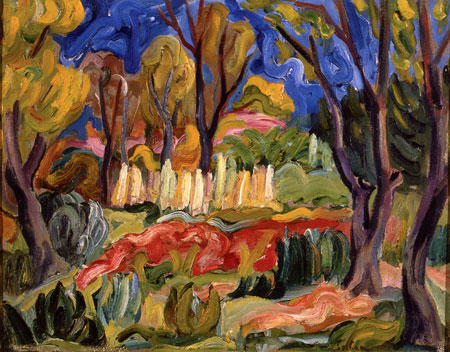
While I am tasting wine from Belo Brdo Winery, inevitably images of Milenko Šerban's artwork pop up in front of my eyes, with all the explosive colors, dynamic, in motion even when depicting static landscape of Fruška Gora ... The effect of two suns i.e. reflection of the sun on the water surface of the Danube seems to have an impact on people who spend their days in Čerević, and not only on fruit and vines. This accumulated energy simply has to come to surface.
And why do wines from Belo Brdo Winery resemble Milenko Šerban's paintings? If we were to seek parallels in the wine world, the inspiration would be there somewhere in the New World. But first, let's consider the place where the grapes are produced - the vineyards of Belo Brdo Winery ... On the northern slope of Fruška gora, which is slowly descending towards the Danube, 15 hectares of grapevine are planted. When selecting varieties, Aleksandar Zeremski, the owner of Belo Brdo Winery, didn't want to rely on indigenous varieties traditionally associated with Fruška Gora. He also did not want to listen to views that Fruška Gora is not a suitable region for red wines. In consultation with local experts, he selected international varieties: Cabernet Sauvignon, Cabernet Franc, Merlot, Petit Verdot, Marselan, Pinot Noir, Chardonnay, Rhine Riesling and Sauvignon Blanc. Black varieties constitute about 70% of the varieties in the vineyard.
The position of the vineyards nestled on the upper slopes of Fruška Gora means that the prevalent soils contain serpentinite, carbonate rock formations and quartz conglomerates (which explains the name of the plot "Belo Brdo" meaning "White Hill"), unlike lower sections of Fruška Gora slopes which are mostly made of loess and chernozem. Vineyards benefit from "the effect of two suns" i.e. the reflection of the sun on the water surface of the Danube. Also, during the winter period, the Danube water mass acts as a giant ETS unit that mitigates the plot's microclimatic features during the period of severe winter frosts. Taking into account all these features of micro-location, it comes as no surprise that a late variety such as Cabernet Sauvignon from this plot often hits high alcohol level (as much as 14.5% or higher, depending on the year) in order to achieve adequate grape phenolic maturity.
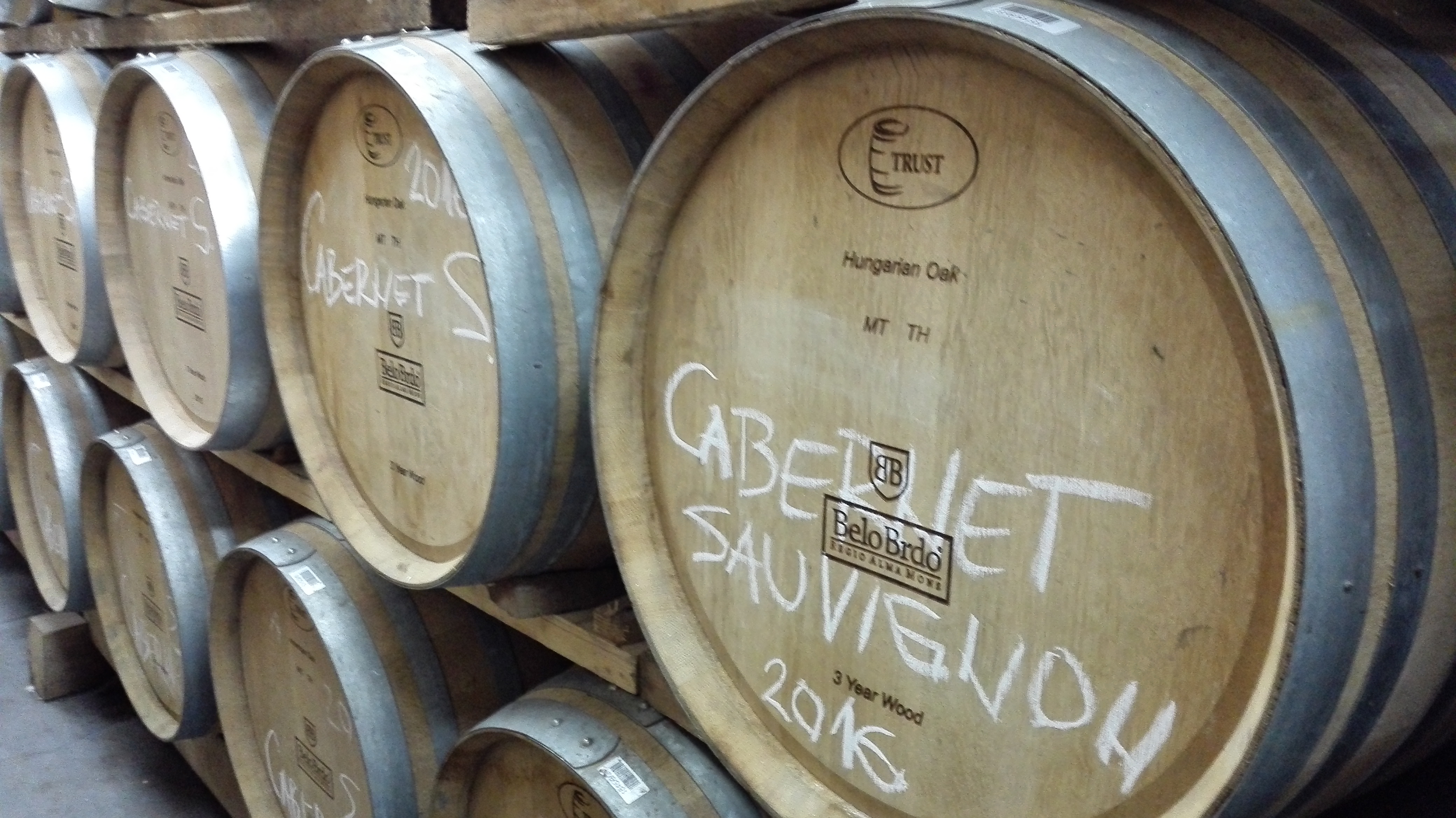
We had a rare opportunity to taste Cabernet Sauvignon from Belo Brdo Winery from their second, third and fourth harvests at the plot Belo Brdo (vintages 2011, 2012 and 2013).
Cabernet Sauvignon 2013 - Belo Brdo - Cabernet Sauvignon in the vineyards of Belo Brdo Winery was harvested around October 25th. Grape yield ranging from 1,000g to 1,300g per vine. The wine aged for 20 months in barrique (new barrels, a combination of American and Hungarian oak). Maturation in stainless steel tanks was followed by another 6 months in the bottle. On the nose, the wine is mature, aromas of black forest fruit, black olives, dark chocolate, cocoa, sweet spice, leather ... On the palate, the wine leaves a striking fruit-forward impression dominated by red berries, black currants, blackberries. No jammy or cooked fruit flavours. Tannins smooth, rounded . A long fruit-driven finish.
Cabernet Sauvignon 2012 - Belo Brdo - The year 2012 will be remembered for the fact that the summer was dry and without rain, with a long period (more than 40 days) when daily temperatures exceeded 35 degrees Celsius. Therefore, it comes as no surprise that grapes were extremely sweet. The grapes were harvested around September 21st. Waiting for adequate grape phenolic maturity has resulted in high alcohol level (16.83%). However, preserved acidity and some residual sugar help maintain balance and prevent alcohol from overpowering the overall impression. Smart oak. A beautiful impression in the nose: aromas of sweet spice, eucalyptus, cinnamon, dark chocolate, truffles, leather. In the mouth, the wine leaves predominantly spicy character with some fruitiness in the background. A powerful wine, ful-bodied, simply craving for food ... Definitely not a modern style of wine with moderate alcohol levels, but in Serbia there is still an army of followers who admire this kind of wines.
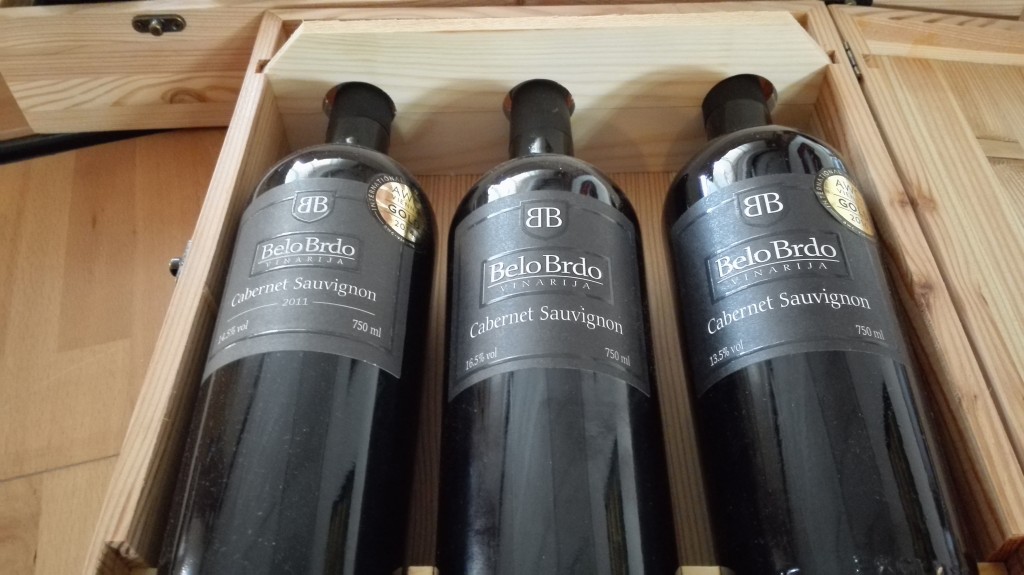

Tomislav Ivanović
Awarded wine writer, wine critic and contributor to selected wine magazines. WSET3-certified author and editor-in-chief of www.vinopedia.rs. Member of Vojvodina Sommelier Association. Juror in national and international wine competitions. Lecturing about wines of Serbia and the Balkans. Local partner of Wine Mosaic organization. Co-founder of International Prokupac Day.

Pročitajte i druge članke iz ove rubrike:
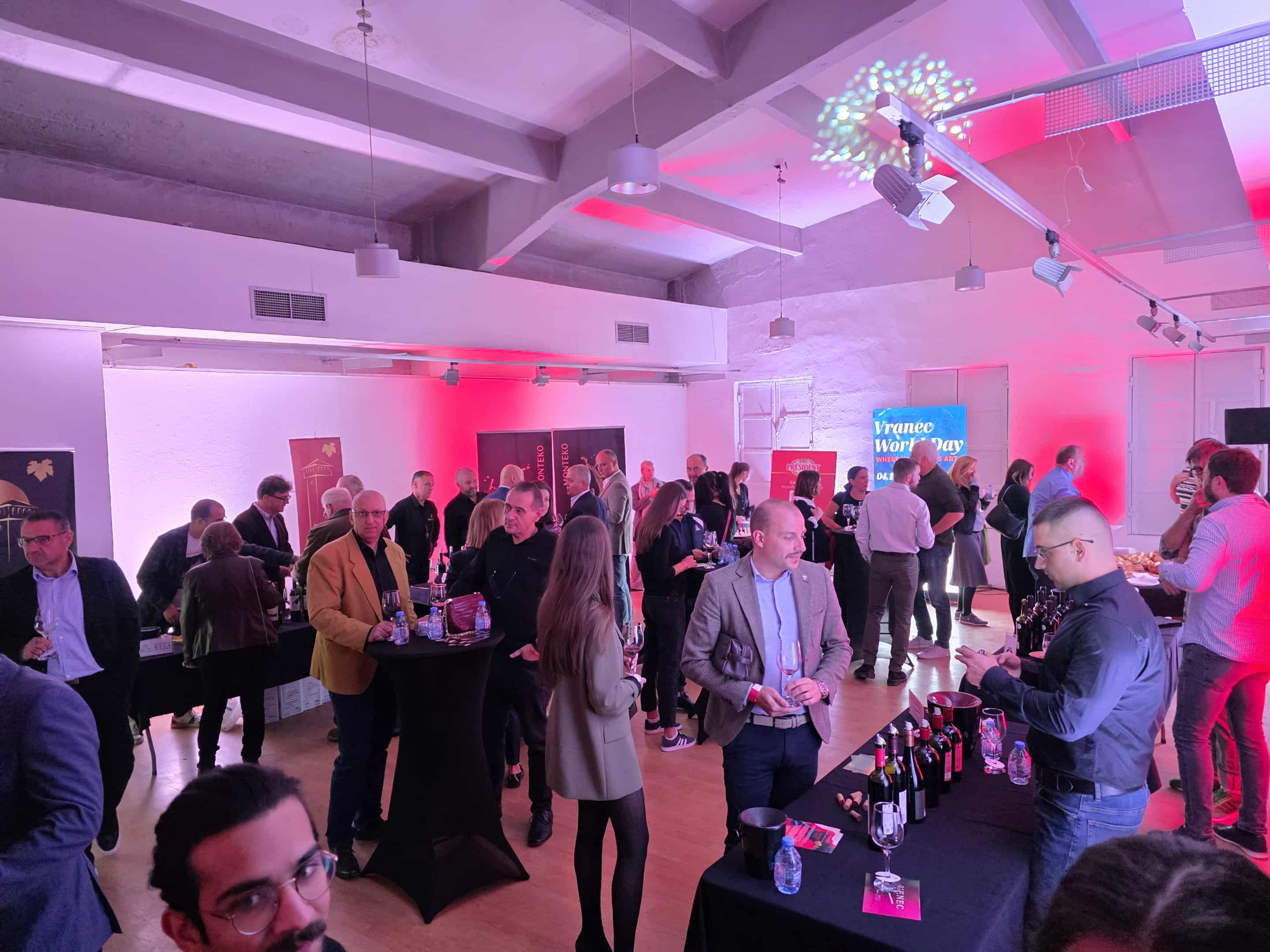

VRANAC NA RASKRSNICI
PROČITAJ VIŠE
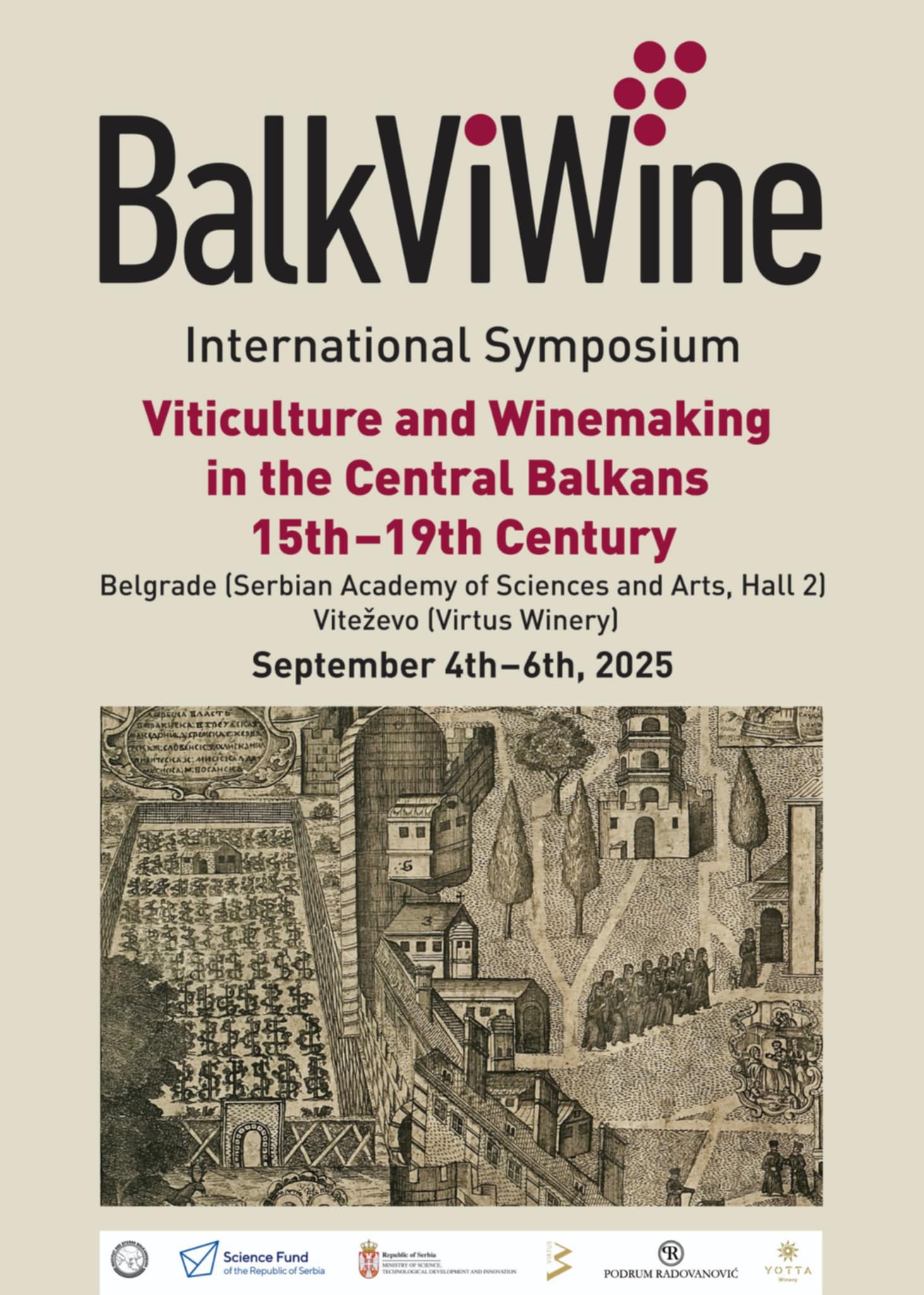

BALKVIWINE 2025 BEOGRAD
PROČITAJ VIŠE
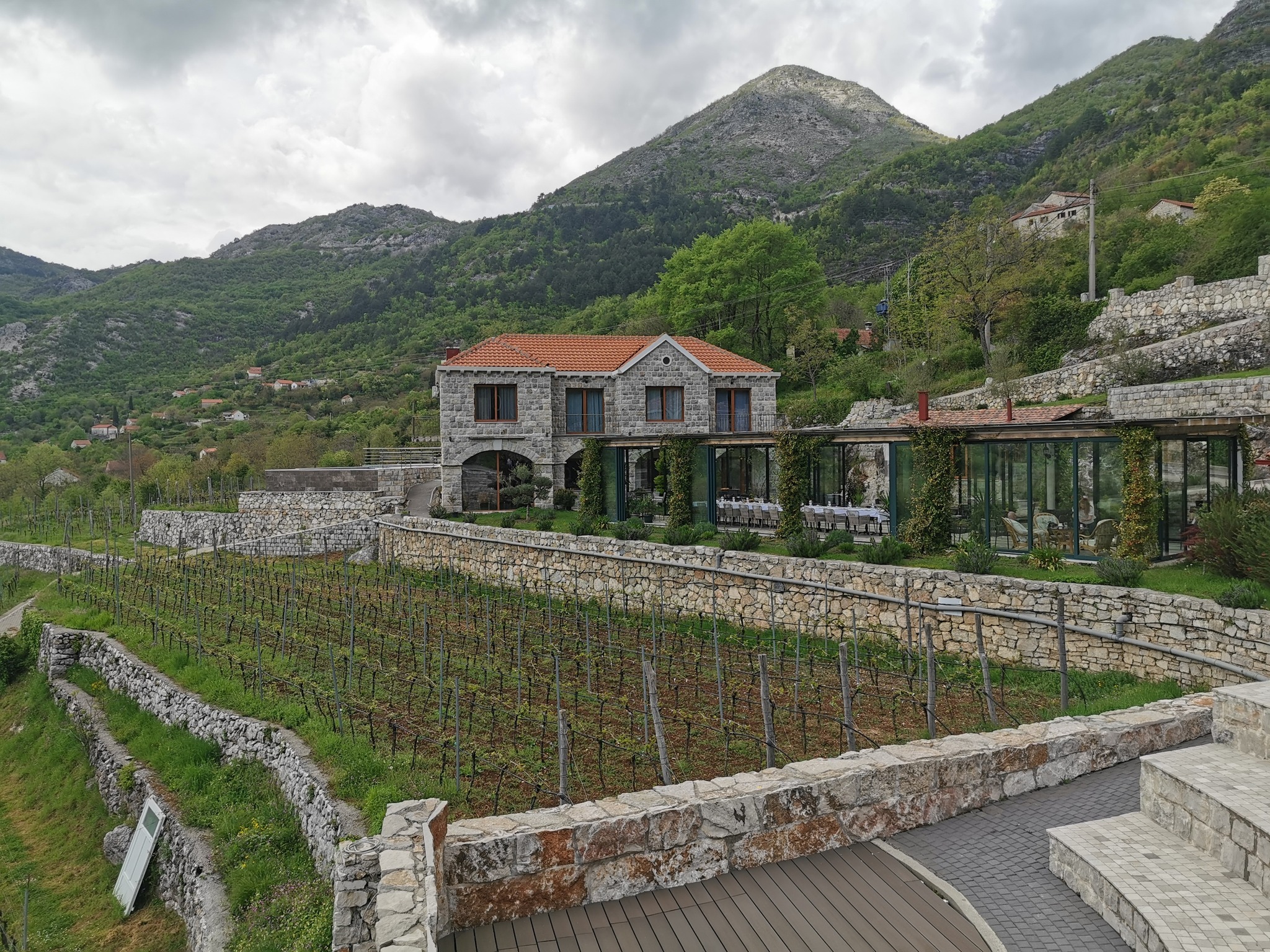

KRATOŠIJA PROBUDILA CRNOGORSKE VINARE
PROČITAJ VIŠE
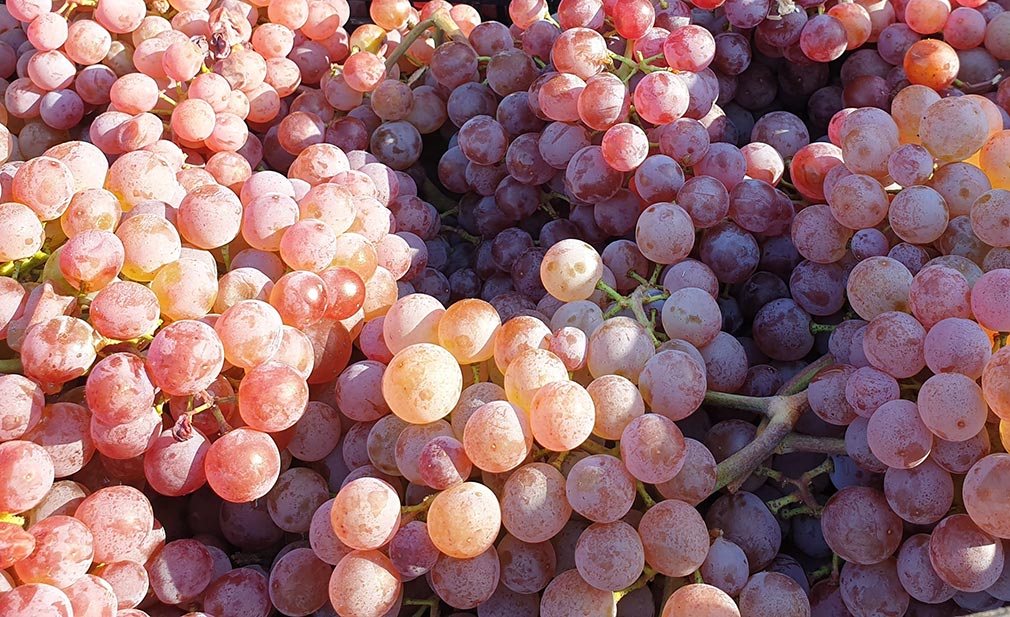

VINOPEDIA TOP 10 2024
PROČITAJ VIŠE
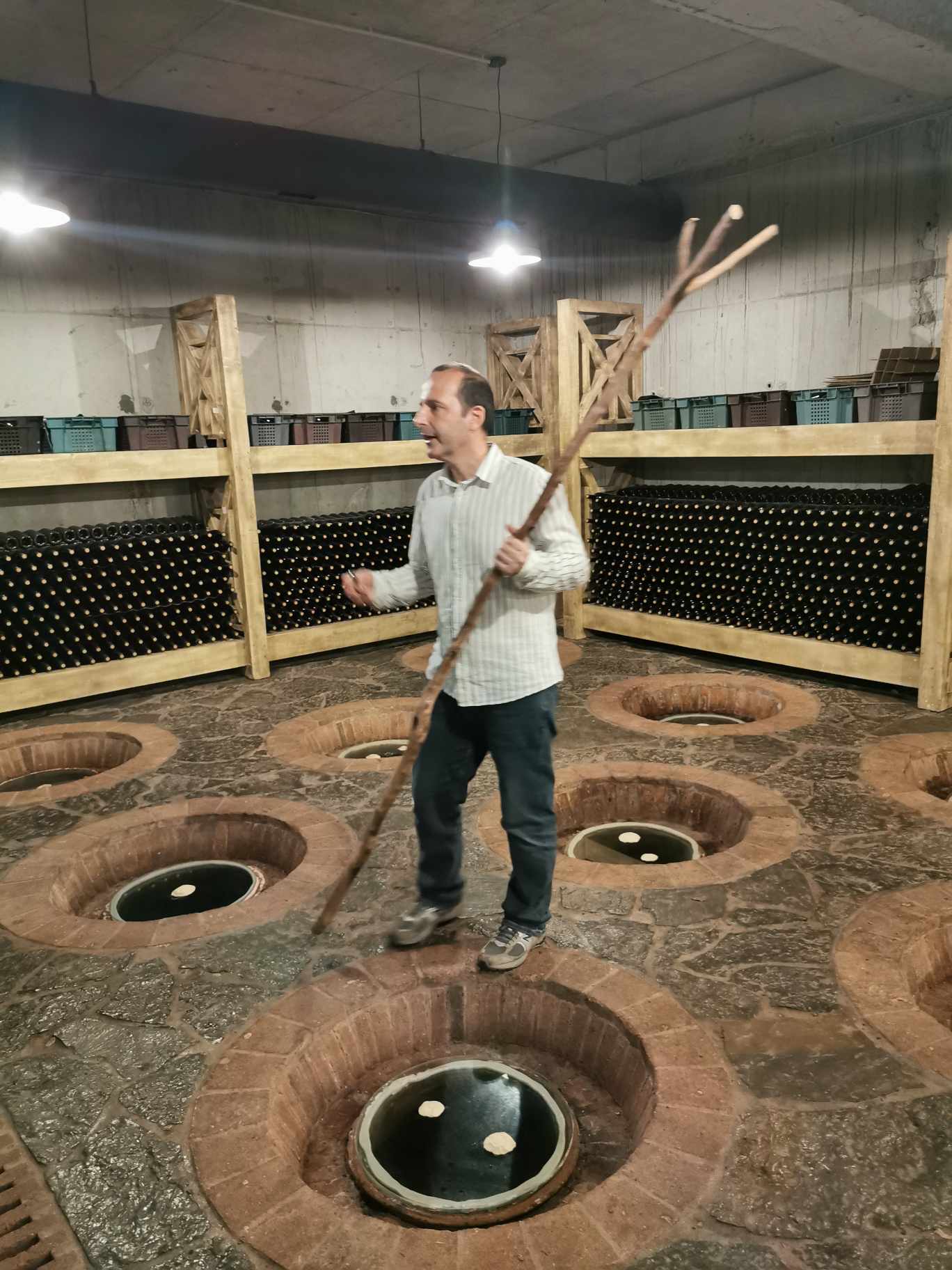

GIUAANI - VINSKI TURIZAM NA GRUZIJSKI NAČIN
PROČITAJ VIŠE
Winner MILLESIMA BLOG AWARD 2016

Pobednik MILLESIMA BLOG AWARD 2016
VINO & FINO wine personality of the year 2016

VINO & FINO vinska ličnost godine 2016